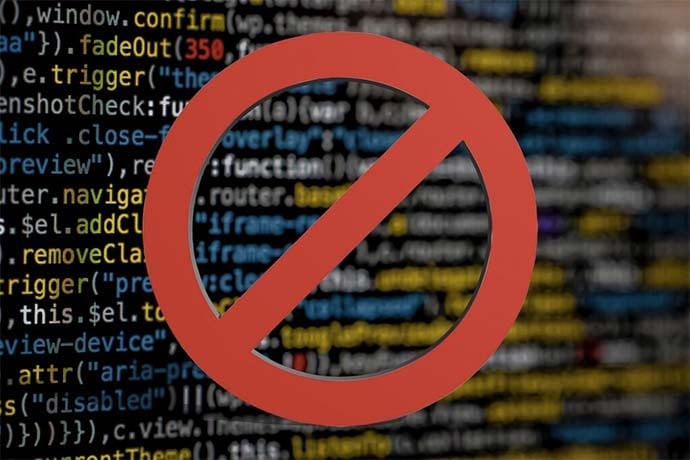Software connects people to do things together, whether it’s trading recipes or buying used books or other activities. Until recently, the average non-technical person has been locked out of creating software applications. They have to learn to code or hire someone who has learned to code.
With help from software engineers, non-technical people have started to take back the internet and how software applications are created.
We’ve published a few articles about the small internet, for example, which is one way to include lots of people without having to get an education in the internals of software. No Code is another way, by making visual tools to create software instead of using code.
Like all great ideas, the No Code movement will take time to evolve. The first tools were and are primitive. They limit what people can create. As time goes by, however, expect these visual drag and drop tools to be able to create more and more subtle applications.
Today No Code tools are used mostly by software startups and larger companies looking to create tools without needing large groups of highly trained and expensive software engineers. There will always be a need for software engineers but No Code will be useful for creating test models for new or complicated projects and creating software applications used by many people.
For example, Voiceflow is a No Code project to create Alexa Skills and Google Actions without writing code. SquareSpace and Weebly make it easy to use drag and drop tools to create websites. There are a number of other examples that turn spreadsheets into applications.
Will the No Code movement replace all software engineers? Should you give up learning Python?
Probably not. There will always be people needed to write code that makes No Code possible. And the goal of the movement is to allow non-technical people to create software. Usually these projects shouldn’t require expensive engineers to create software that does routine things like collect information or perform simple tasks.
Plus, speaking from experience, drag and drop software interfaces easily become annoying. They often require lots of clicking buttons and typing short bits of text to configure the software. The more complicated the software, the more likely some number of users will find it difficult to figure out how to make software with visual tools.
And there’s another reality that suggests No Code will be a fun but limited part of programming in the future. Since people started programming computers, there have been numerous languages designed to make all other languages obsolete. These efforts led to many more languages, not less. People growing up today with Roblox and Minecraft are likely to not only understand how to make the most of No Code software. They’ll also want to create their own variations.
Learn More
No Code development platform
https://en.wikipedia.org/wiki/No-code_development_platform
No Code technology
The No Code Generation
https://techcrunch.com/2020/10/26/the-no-code-generation-is-arriving/
No Code Overview
https://kissflow.com/rad/no-code/no-code-overview/
Create a software app
https://www.builder.ai/create-software/app-with-us
No Code Low Code
https://www.bettyblocks.com/no-code-low-code-application-development

